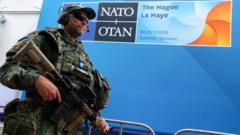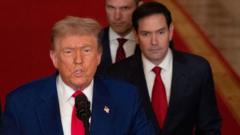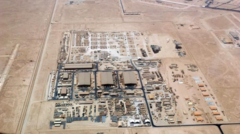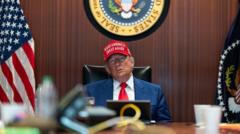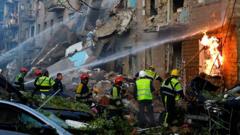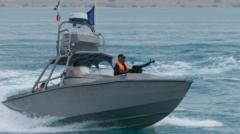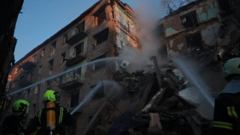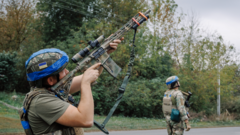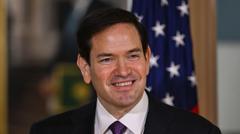In a significant moment for transatlantic relations, the NATO summit scheduled in the Netherlands on Tuesday is expected to be one of the most critical since the Cold War. As U.S. President Donald Trump gears up to attend, tensions rise with renewed military actions against Iran, which has retaliated with missile strikes on U.S. bases in the Middle East. With relations strained following Trump's re-election and ongoing discontent over defense spending, European allies desperately seek to demonstrate their commitment to NATO and dissuade any potential military retrenchment from the U.S.
**The Stakes Rise: Anticipation Builds for NATO's Pivotal Summit Amid Growing Global Tensions**
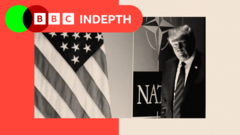
**The Stakes Rise: Anticipation Builds for NATO's Pivotal Summit Amid Growing Global Tensions**
As the U.S. escalates military actions against Iran, NATO leaders prepare for a game-changing summit that could redefine alliances and defense priorities.
The summit, designed by NATO Secretary General Mark Rutte to meet Trump's demands for increased defense spending, may still face substantial challenges as discussions inevitably shift towards Middle Eastern conflicts. An opt-out for Spain from the proposed 5% GDP defense spending could exacerbate disagreements among member nations, particularly as the implications of U.S.–Iran hostilities loom large. Despite the pressure, countries like Poland embrace the opportunity to reinforce their commitments to a unified European defense strategy, even as broader concerns about the future of NATO persist. As global powers like Russia and China observe, the outcome of this summit will likely bear far-reaching consequences, ushering in new priorities and responsibilities for NATO and its members.
Trump's assertive stance on defense has traditionally demanded increased financial commitments from allies, framing it as a matter of national credibility. However, as NATO leaders convene in the Netherlands, the mixture of long-term spending strategies and immediate geopolitical concerns creates a complex atmosphere. While the challenge of aligning various national interests remains, the urgency for countries across Europe to prepare for potential security threats raises questions about the sustainability of their military investments.
Traditionally reliant on U.S. military capabilities and intelligence support, Europe stands at a crossroads: should it innovate its defense strategies while managing the paradox of heightened spending? Proposals to divide the 5% target into discrete funding categories reflect recognition of individual economic constraints. The growing realization that conflict could erupt within a five-year timeline demands rapid strategic adjustments.
In this climate, European nations must navigate the intricate balance of bolstering defense readiness against the economic realities of funding. This summit may indeed serve as a watershed moment for NATO, representing a pivotal shift towards greater European autonomy in defense amidst shifting geopolitical alliances—a crucial juncture for the future of the transatlantic relationship. As all eyes turn to the summit, the collective hope is for a renewed commitment to shared security that meets the pressures of an evolving global landscape.
Trump's assertive stance on defense has traditionally demanded increased financial commitments from allies, framing it as a matter of national credibility. However, as NATO leaders convene in the Netherlands, the mixture of long-term spending strategies and immediate geopolitical concerns creates a complex atmosphere. While the challenge of aligning various national interests remains, the urgency for countries across Europe to prepare for potential security threats raises questions about the sustainability of their military investments.
Traditionally reliant on U.S. military capabilities and intelligence support, Europe stands at a crossroads: should it innovate its defense strategies while managing the paradox of heightened spending? Proposals to divide the 5% target into discrete funding categories reflect recognition of individual economic constraints. The growing realization that conflict could erupt within a five-year timeline demands rapid strategic adjustments.
In this climate, European nations must navigate the intricate balance of bolstering defense readiness against the economic realities of funding. This summit may indeed serve as a watershed moment for NATO, representing a pivotal shift towards greater European autonomy in defense amidst shifting geopolitical alliances—a crucial juncture for the future of the transatlantic relationship. As all eyes turn to the summit, the collective hope is for a renewed commitment to shared security that meets the pressures of an evolving global landscape.



